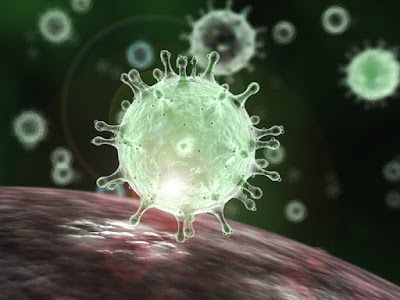Coronavirus disease (COVID-19) advice for the public
Coronavirus disease (COVID-19) advice for the public
What is coronavirus?
Coronaviruses are a family of viruses that range from the common cold to MERS coronavirus, which is
Middle East Respiratory Syndrome coronavirus and SARs, Severe acute respiratory syndrome
coronavirus.
Where do coronaviruses come from?
Coronaviruses are circulating in animals and some of these coronaviruses have the capability of
transmitting between animals and humans. We call that a spillover event.
General symptoms of coronaviruses
Cold- or flu-like symptoms usually set in from 2–4 days after a coronavirus infection and are typically mild. However, symptoms vary from person-to-person, and some forms of the virus can be fatal.
Symptoms may include:-
- sneezing
- runny nose
- fatigue
- cough
- fever
- sore throat
- exacerbated asthma
Scientists cannot easily cultivate human coronaviruses in the laboratory unlike the rhinovirus, which is another cause of the common cold. This makes it difficult to gauge the impact of the coronavirus on national economies and public health.
Transmission
Limited research is available on how HCoV spreads from one person to the next.
However, researchers believe that the viruses transmit via fluids in the respiratory system, such as mucus.
Coronaviruses can spread in the following ways:
- Coughing and sneezing without covering the mouth can disperse droplets into the air.
- Touching or shaking hands with a person who has the virus can pass the virus between individuals.
- Making contact with a surface or object that has the virus and then touching the nose, eyes, or mouth.
- Some animal coronaviruses, such as feline coronavirus (FCoV), may spread through contact with feces. However, it is unclear whether this also applies to human coronaviruses.





Leave a Comment